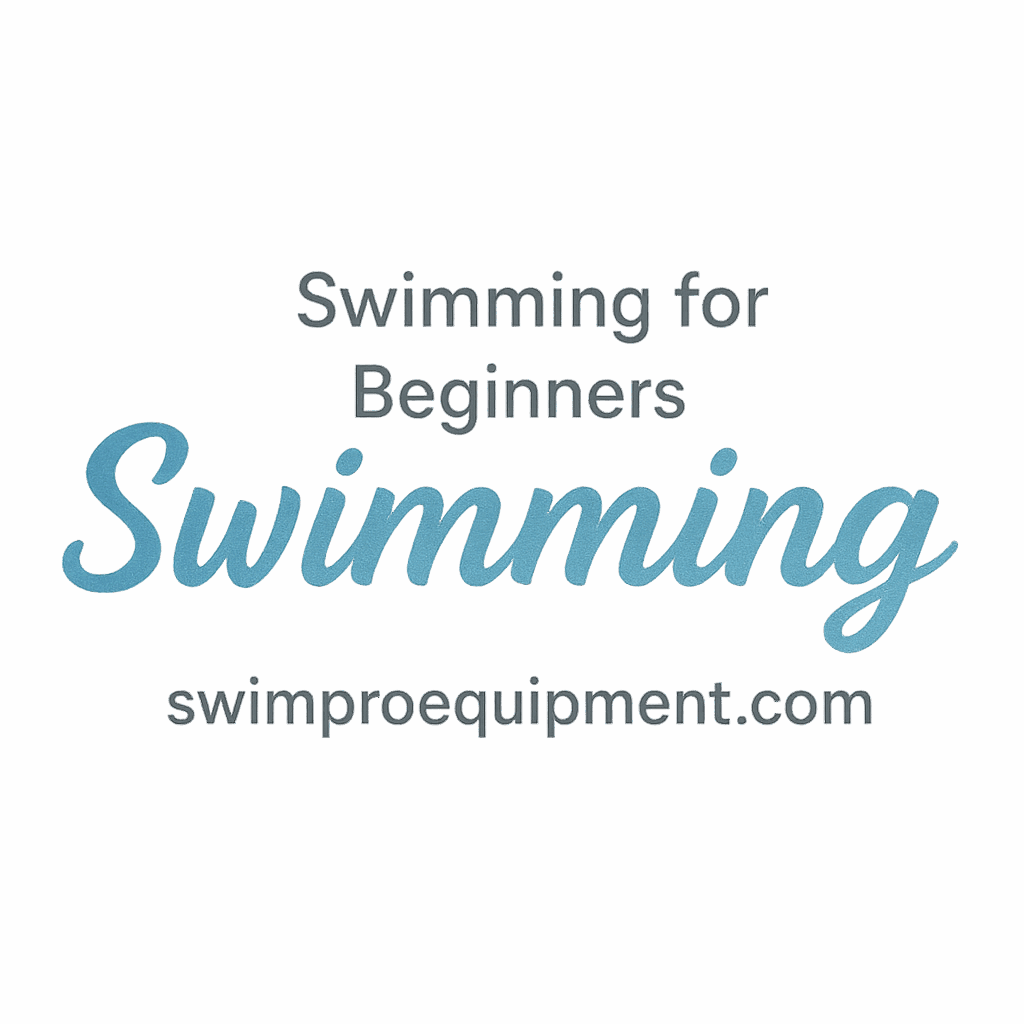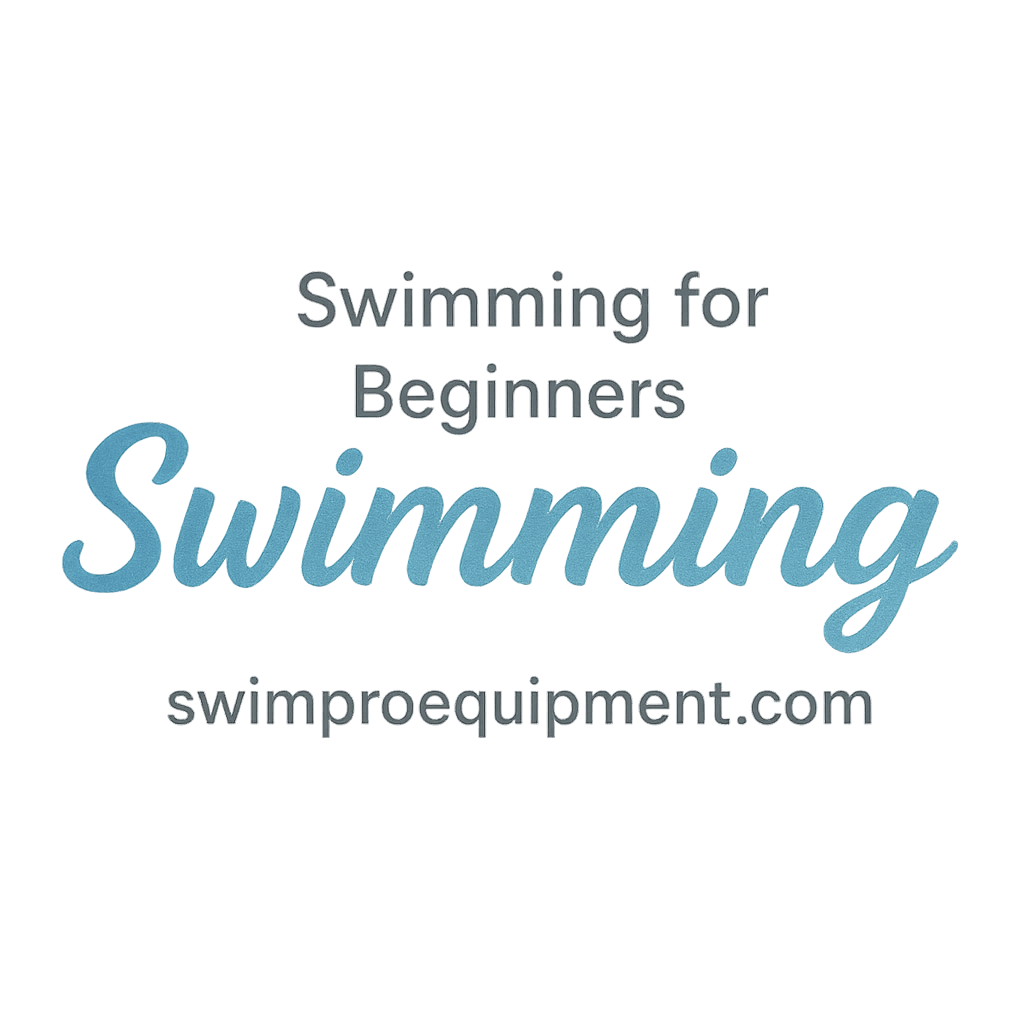Introduction
Swimming is an incredible skill to have, whether for fitness, recreation, or even competition. However, for beginners, swimming can present several challenges that may feel overwhelming at first. With the right guidance and persistence, anyone can overcome these challenges and enjoy the benefits of swimming.
In this article, we’ll explore 6 milestone challenges for swimming beginners, discuss why they are essential for progressing, and provide actionable tips to tackle each one. Whether you’re looking to improve your technique, boost confidence, or enhance stamina, we’ll help you navigate the road to becoming a proficient swimmer.
Why Swimming is a Popular Sport
Swimming is often considered one of the most effective full-body workouts. It provides an excellent cardiovascular exercise while simultaneously toning muscles and improving flexibility. What’s more, swimming is a low-impact activity, which means it’s easy on your joints—making it ideal for people of all ages and fitness levels.
Moreover, swimming provides a sense of relaxation and peace as you move through the water, offering a unique balance of physical exertion and mental calm. But like any sport, it requires commitment, practice, and overcoming a few challenges along the way.
The Importance of Overcoming Challenges in Swimming
Like with any new skill, swimming requires persistence and effort. The key to mastering swimming is acknowledging the challenges and pushing through them, step by step. Each milestone you conquer will not only improve your technique but also enhance your overall swimming experience.
Let’s dive into the six milestones every beginner swimmer should focus on.
Milestone 1 – Mastering the Basic Strokes
Understanding Different Swimming Strokes
When you’re starting as a swimmer, learning the basics is crucial. Swimming strokes are the foundation of your swimming journey. The four primary strokes to focus on are the freestyle, breaststroke, backstroke, and butterfly. Each stroke requires different techniques, timing, and body movement.
- Freestyle is the fastest stroke and usually the first learned.
- Breaststroke is slower but offers more control.
- Backstroke is the only stroke swum on your back and can be challenging at first.
- Butterfly is the most difficult, requiring significant strength and timing.
Tips for Perfecting Your Stroke Technique
To improve your strokes, you need to focus on two things: technique and timing. Here are a few tips:
- Freestyle: Focus on a streamlined body position, flutter your legs consistently, and ensure proper breathing.
- Breaststroke: Work on your timing, ensuring your arms pull while your legs are pushing.
- Backstroke: Keep your body flat on the water’s surface while using alternating arm strokes and a flutter kick.
- Butterfly: Practice the undulating body movement and make sure your arms recover above water smoothly.
Perfecting these strokes might take some time, but with patience, you’ll soon feel more confident in your abilities. You can also check out Swimming Basics & Techniques for further guidance.
Milestone 2 – Building Confidence in the Water
Overcoming Fear of Water
A significant barrier for many new swimmers is the fear of water. Whether it’s due to past experiences or a general anxiety about being submerged, this fear can prevent progress. Building confidence in the water is essential to your success as a swimmer.
How to Build Comfort and Confidence
The best way to overcome this fear is by starting slow. Begin with small, gradual steps, like sitting at the edge of the pool and splashing water on your face. Once you feel comfortable with this, move into shallow water and practice floating. As you gain confidence, progressively venture into deeper water and practice swimming short distances.
For more on the psychology of overcoming fear, visit Motivation Progress for Swim Learners.
Milestone 3 – Improving Breath Control
Why Breath Control is Crucial for Swimmers
Breath control is vital for every swimmer, whether you’re swimming competitively or casually. Proper breathing techniques allow you to swim longer distances without tiring yourself out. Mismanagement of breath can cause fatigue and disrupt your rhythm.
Techniques to Improve Breathing Efficiency
To master breath control, practice inhaling quickly through your mouth and exhaling gently through your nose. In freestyle, try to exhale completely underwater before turning to the side to inhale. For breaststroke, make sure your breaths are calm and steady during the pull phase.
Improving your breath control will elevate your swimming experience. For tips on incorporating the best breathing techniques into your swim, visit Swimming Safety & Health.

Milestone 4 – Developing Endurance and Stamina
How to Increase Your Swimming Endurance
Swimming is a full-body exercise, and like any form of physical activity, endurance is key. As a beginner, you may find it challenging to swim for long periods. But don’t worry—it takes time to build stamina.
Training Plans for Beginners
Start by swimming shorter distances and gradually increase your laps over time. Interval training can also be helpful; alternate between swimming at a slower pace and sprinting. Make sure to rest adequately between sets.
By sticking to a consistent training schedule, you’ll notice improvements in your stamina. If you’re a beginner looking for a structured plan, explore Training Workouts for Beginners for more tailored tips.
Milestone 5 – Achieving Proper Body Position
The Importance of Body Alignment in Swimming
Proper body alignment in the water helps reduce drag and makes swimming more efficient. A streamlined body position ensures you’re cutting through the water with minimal resistance, allowing for faster, easier swimming.
Tips for Maintaining Proper Body Position
Whether swimming freestyle or backstroke, make sure your body remains horizontal and your core is engaged. Keep your head in line with your spine, avoiding lifting your head out of the water too much. Pay attention to your legs; they should be straight and kicking consistently to maintain balance.
If you want more tips on achieving a streamlined position, check out Body Position for Swimmers.
Milestone 6 – Overcoming Mental Barriers
The Psychological Aspects of Swimming
Swimming, like any sport, is as much a mental challenge as a physical one. Many beginners face mental blocks such as self-doubt, fear of failure, or frustration when progress feels slow.
Strategies for Staying Motivated and Focused
To overcome mental barriers, set small, achievable goals, and celebrate each milestone. Focus on your improvement rather than your setbacks. Visualization techniques can also help, where you imagine yourself swimming smoothly and confidently.
For motivation and support, visit Tracking Your Progress in Swimming.
Conclusion
Swimming is a rewarding skill to learn, but it requires dedication and persistence. By focusing on overcoming the 6 key milestones—mastering basic strokes, building confidence, improving breath control, developing endurance, achieving proper body position, and overcoming mental barriers—you’ll set yourself up for success. Remember, every swimmer was once a beginner. Stay patient, keep practicing, and you’ll soon be swimming like a pro!
FAQs
- How long does it take to learn swimming as a beginner?
It depends on the individual, but with consistent practice, most beginners can swim short distances within a few weeks. - What should I do if I feel afraid in the water?
Start with shallow water and focus on building comfort gradually. Consider working with an instructor to ease your fear. - How can I improve my stamina in swimming?
Gradually increase the number of laps you swim, and use interval training to improve endurance. - What is the best stroke for beginners?
Freestyle (front crawl) is usually the easiest stroke to learn because it’s fast and efficient. - How do I prevent getting tired quickly while swimming?
Focus on improving your technique, breathing efficiently, and swimming at a pace you can sustain. - Should I use swim equipment for practice?
Yes, equipment like kickboards, fins, and pull buoys can help focus on specific aspects of your technique. - How often should I practice swimming as a beginner?
Aim for 2-3 times a week for steady progress.


